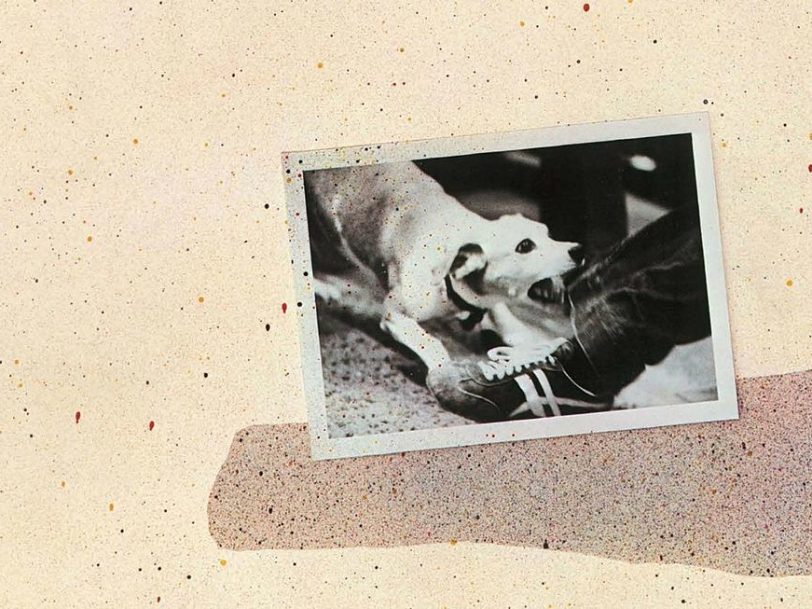It would be difficult for any band to follow the massive success of an album such as 1977’s Rumours. More difficult still when that band is as volatile as Fleetwood Mac were by the time it came to recording Tusk. Eventually released in 1979 as a double-album, the expectations heaped upon the record were huge. And when it revealed itself as a very different beast to its huge-selling predecessor – with polished, radio-friendly anthems in short supply as fragile, melancholy ballads and bursts of punky energy became the order of the day – the album perplexed many. Still, Tusk reached No.4 in the US, hit No.1 in the UK and sold four million copies worldwide – an enormous success by most bands’ standards.
Listen to ‘Tusk’ here.
“Recording ‘Tusk’ was quite absurd”
But Fleetwood Mac were not most bands. Tusk’s fractured nature – very clearly the work of three distinct songwriting talents – echoed the band’s dynamic at the time. Stevie Nicks provided the wee-small-hours numbers, charged with gothic mystique (Sara, Sisters Of The Moon, Storms, Beautiful Child). Meanwhile, Christine McVie’s contributions resembled her melodically seductive moments from Rumours had they been dragged through the emotional wringer, with desolate ballads such as Over And Over, Never Make Me Cry and Brown Eyes sharing space with the bittersweet beauties Think About Me, Honey Hi and Never Forget. (Among some lesser-known Fleetwood Mac facts: founding guitarist Peter Green can be heard playing on the fade to Brown Eyes.)
The most drastic change came with the songs Lindsey Buckingham brought to the table. Buckingham took on the bulk of the responsibility for Tusk, and his desire to ensure Fleetwood Mac were keeping up with new-wave trends – not to mention hi and the band’s predilection for industrial quantities of confidence-enhancing and sleep-banishing substances – made for some thrillingly frazzled tunes in That’s Enough For Me, Not That Funny, Walk A Thin Line and I Know I’m Not Wrong. Elsewhere, Buckingham’s experimentation resulted in the gorgeous, 70s Beach Boys-recalling That’s All For Everyone and the tribal rhythms of the album’s title track and improbable lead single. At a point where Buckingham could have been content leading the biggest band on the planet, he was pushing the envelope and producing some gloriously odd music.




